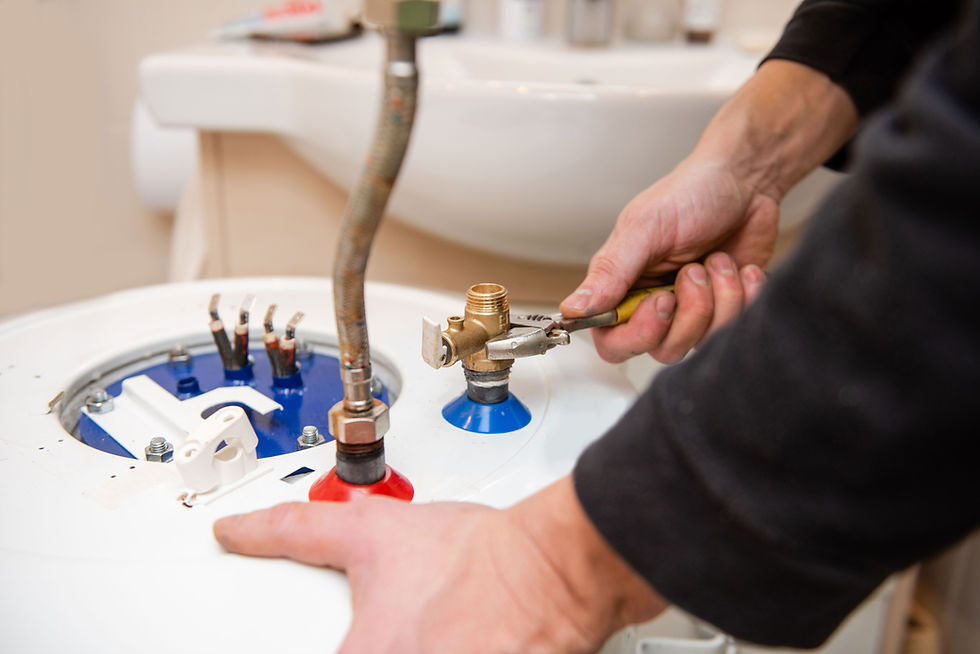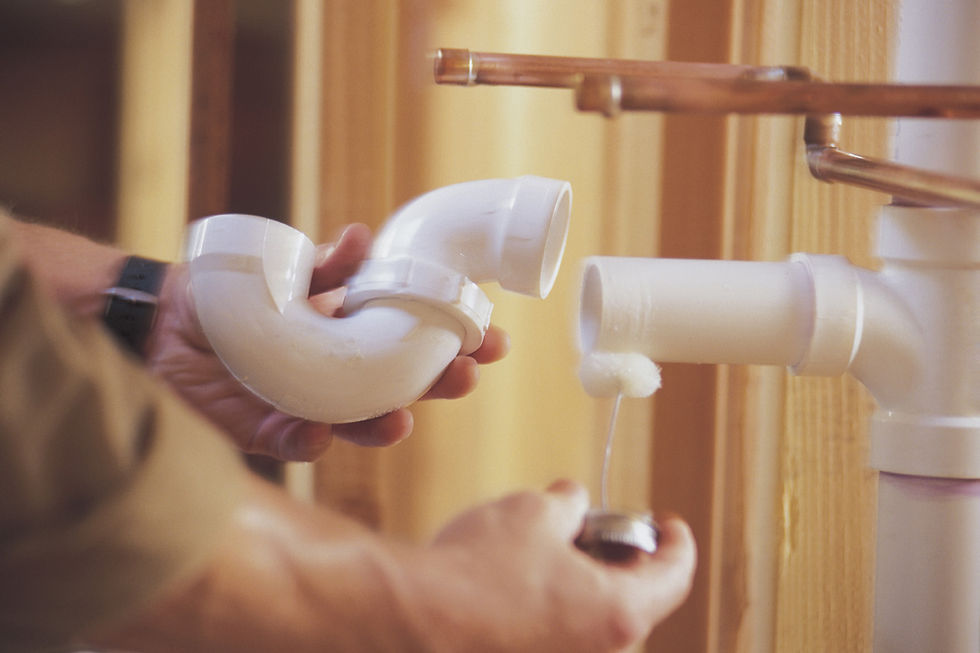The list below is not all-encompassing by any means, but is a great starting point for service contractors looking to dip their toes into data and analytics to help not only increase their profits, but also visibility into their operations. Each indicator listed below is important for its own various reasons, but I think it’s best to only pick a few KPIs to start to ensure success.
First and foremost, you should get together with the key stakeholders within your organization and evaluate the problem areas you have to better understand which metrics you should focus on. Only once you finally reach your goals for these metrics, is it safe to add them to your list. Rinse and repeat this process to continuously track and improve on the operations within your company.
The Essential KPIs for Service Contractors
As mentioned above, the following list can vary from contractor to contractor in terms of which KPIs are the most important. Therefore in no particular order, I’ve put together a list of six service-specific KPIs I believe every contractor who dabbles in service work should be aware of.
1. Average Time Taken to Complete a Repair

The average repair time metric can be extremely valuable for any service provider.
For example, if you were able to track and log the time taken to complete a repair of specific types of equipment within your organization, you’d then be able to quickly see if a tech is taking more time to repair the same type of equipment as his peers. As a result, that tech can be promptly offered additional training, ultimately avoiding extra labour spent on service calls.
Another use-case for this indicator is for its ability to highlight any product or equipment serviceability issues. This feedback can be passed back to the manufacturers to correct, possibly even through the use of a change order or warranty claim.
2. Conversion % Of Expiring Warranties to Maintenance Contracts

This metric is pretty self explanatory, but important nonetheless. You should definitely be tracking how many of your expiring warranties are being converted to active maintenance contracts. As a service contractor, or a contractor with a service department, you prove yourself to your customers during the warranty period.

Leaving stickers on electrical panels or HVAC equipment will help generate leads, but this type of service revenue is unpredictable and relies on customers having issues or breakdowns.
Maintenance contracts are the opposite of that, and provide you with a predictable source of revenue, as long as you continue to keep the customer happy. Therefore, you should ensure you’re providing them with top quality and honest service and you’ll be coming back every year.
3. Travel Metrics

There are several metrics within this category that you could possibly track such as average travel time, average travel distance, and average travel costs. The key is to have a tool in place, such as a field management platform, which helps you set up and create cost codes, allowing employees to help feed the system with the data required to help you make more informed decisions.
By reducing travel time, identifying more efficient routes, and ultimately decreasing travel costs, service teams are able to spend more of their time on billable work. This not only increases profits, but also improves customer satisfaction as a result of getting to the job sites quickly and efficiently.
4. Response Time

As with most industries, the quicker you can solve a problem for a customer, the happier they are, which can mean good reviews and more work in the future.
This definitely holds true for the service industry, as oftentimes customers find themselves in an emergency situation requiring immediate attention. Therefore the average response time metric can be quite important to ensure that all your customers are being taken care of promptly.
5. Technician Productivity

It might seem like an impossible task at first to be able to quantify the productivity of your technicians, but believe me it’s easier than you think. To successfully track productivity, all you need to do is divide the amount of time each one of your techs spend working on specific tasks that are billable or part of the job vs. the amount of time they spend doing things that are unproductive.
Some examples of unproductive tasks would be the time taken to fill out timesheets, construction forms, and attending meetings. If you find that your techs are spending too much time on unproductive tasks, or you simply want to increase their productivity, the best way to do this is by introducing automations into your service workflows.
6. Percentage of Parts Returned to Those That Were Ordered

The first step in tracking this metric would be ensuring that everyone brings back surplus parts from their jobs if they can be returned. This not only helps increase immediate profits for that job, but also gives you the ability to ensure there are no concerning patterns developing when it comes to ordering materials.
Final Remarks
You may be thinking that the effort required to track these metrics seems like too much to take on for your organization at the moment, and you’re likely right. That is where new technologies such as Ontraccr come into play, by making it easier to track and measure essential KPIs for your business through the use of automated construction workflows.
There is no avoiding the upfront work you need to do in order to tweak, or perhaps restructure, your operational workflows. With the use of automations however, once the machine starts rolling, it is very easy to maintain these workflows so there is definitely a light at the end of the tunnel, especially if you have technology on your side.
If you're looking for ways on how to incorporate KPIs into your business, reach out to the OnTraccr team by filling out the contact form. We can help you eliminate paper and streamline your service workflows so that your team only spends time doing things that matter.
If you enjoyed this article, join our mailing list now to receive all the latest articles and stay up-to-date on what OnTraccr is developing to bring automation to the construction industry!






